Jeep Magneto Concept Is A Six-Speed Wrangler EV That Bucks The Status-Quo
Jeep may not have given us a fully-electric Wrangler yet, but its Jeep Magneto BEV concept is a tempting teaser of just what that might look like – and how it might distinguish itself from most other EVs. Unveiled as part of the Easter Jeep Safari 2021, the automaker's concept-heavy annual event, the goal of the Magneto concept is to demonstrate that embracing electrification needn't mean sacrificing what off-road enthusiasts love.
It started out as a two-door 2020 Jeep Wrangler Rubicon, out of which the regular gas engine was promptly turfed. In its place, a custom-built axial flux electric motor was dropped into the off-roader.
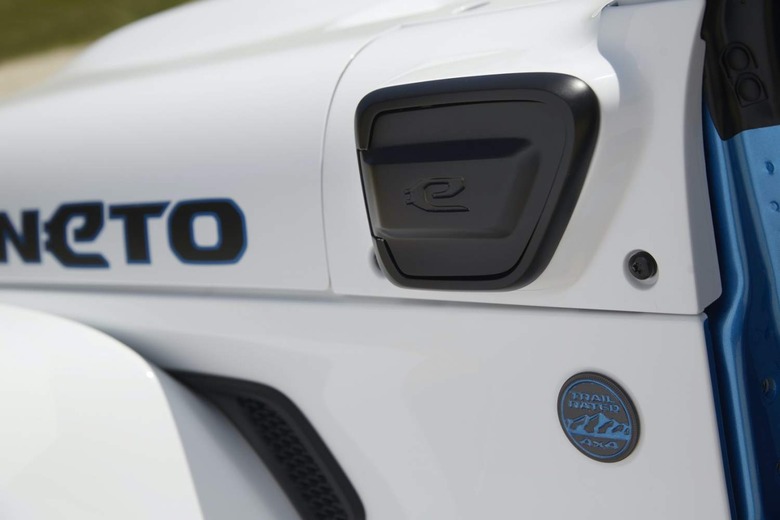
That has comparable power versus the 3.6-liter Pentastar V6 gas engine, Jeep argues, at up to 285 horsepower and 273 lb-ft of torque. 0-60 mph comes in 6.8 seconds, and the electric motor was designed to emulate the V6's driving experience, too. In fact, Jeep claims, during moderate driving there should be no noticeable performance difference whatsoever.
Aiding that is the Jeep Magneto's most unusual feature: a six-speed manual transmission. Most EVs have, at most, two-speed transmissions, and automatic ones at that. Rowing your own gears in an electric car just doesn't normally happen.
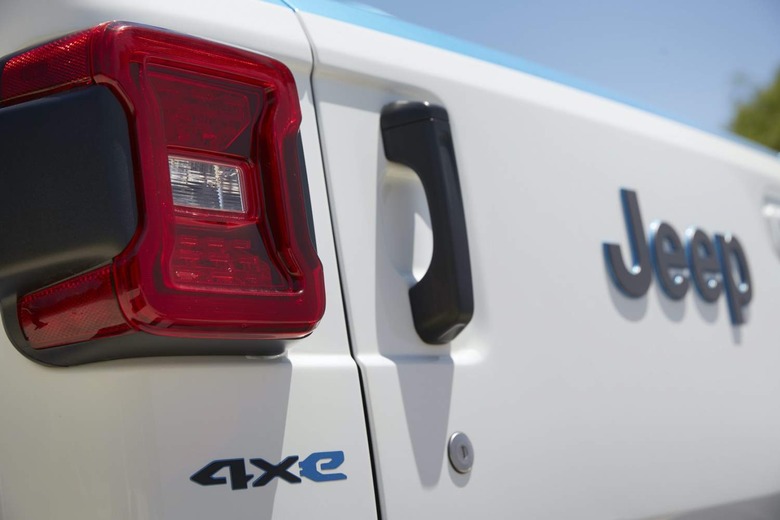
Jeep, though, has prioritized engagement with the off-road ethos over the status-quo. The electric motor spins up to 6,000 rpm – in the gas V6, peak horsepower arrives at 6,400 rpm – and then the driver gets to do the shifting themselves, complete with a clutch. In situations where you want maximum quick-shift performance, Jeep says, the electric motor uses regen when the clutch is engaged, to prevent rev-hang.
Battery power, meanwhile, comes from four packs with a total of 70 kWh, hooked up to an 800V architecture. Jeep uses the split-pack arrangement so that it can spread the battery heft around the SUV for weight balance. One replaces the fuel tank, for example, with another on the opposite side for balance; the third sits under the electric motor, under the hood; the fourth takes up the spot that the exhaust muffler would normally need, and some of the rear storage compartment.
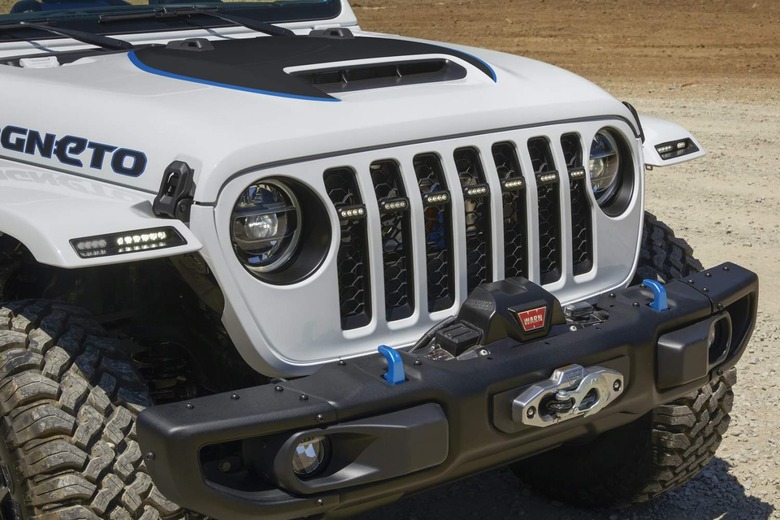
Then there's a DC to AC converter, with the battery control module and other sensitive electronics being in waterproof enclosures. That way, Jeep says, it means the Magneto can still handle up to 30-inches of water. Two 12V batteries are onboard too: one for systems like the radio and lighting, and another for accessories like the Wrangler's winch. A DC-to-DC converter keeps both 12V batteries topped up from the EV's main battery, and there's a 10kW high-voltage heater for the cabin.
Outside, there's a Bright White paint job with Surf Blue accents. Jeep has thrown on a performance hood with a center scoop, a redesigned rear gate, and new full-width front lighting. There's also a JPP 2-inch lift kit, 17-inch black metallic wheels wearing 35-inch mud-terrain tires, Mopar Rock Rails, steel bumpers, and a steel belly pan.
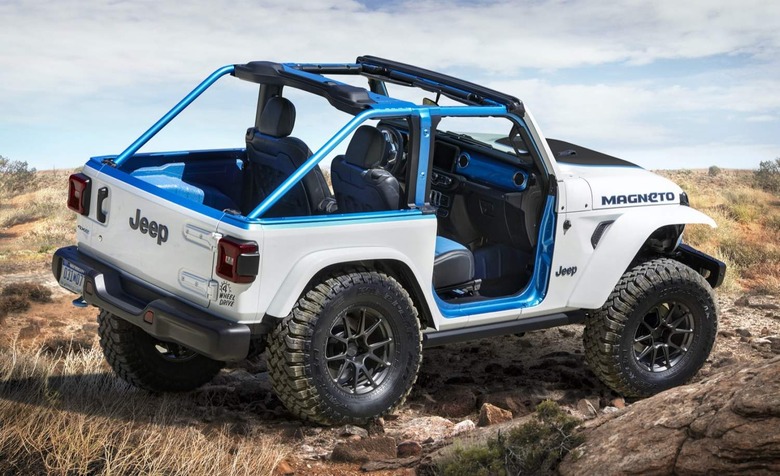
Inside, there's a custom roll cage, along with special Royal Blue and Black leather seats with Sapphire inserts and straps. Jeep also added a Surf Blue truck bed liner and Mopar slush mats.
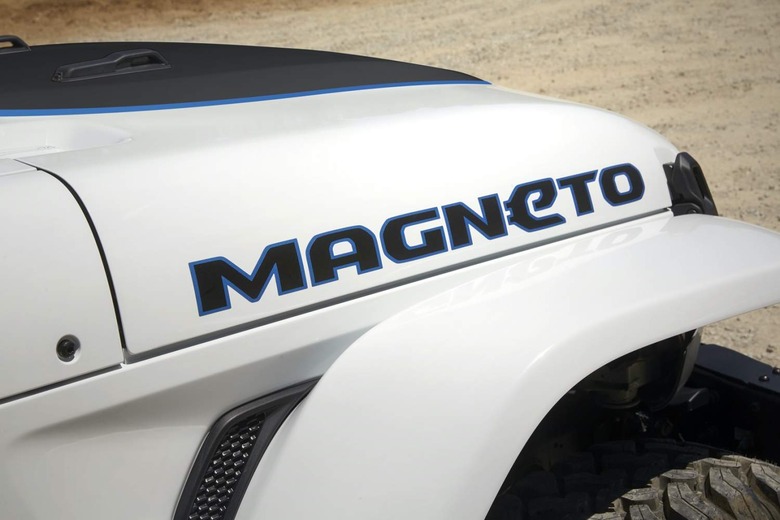
It's a reminder that, while performance EVs may have taken one approach to battery-electric driving, that's not to say it's the only way to deliver zero emissions with driver engagement. By treating the stick-shift as a no-compromise part of the overall experience, Jeep had to think laterally and come up with something unique in the off-road world. Of course, that doesn't mean it'll actually be going into production: for now, we'll have to make do with the Jeep Wrangler 4xe plug-in hybrid, which got its somewhat disappointing official EPA range estimates earlier this month.
